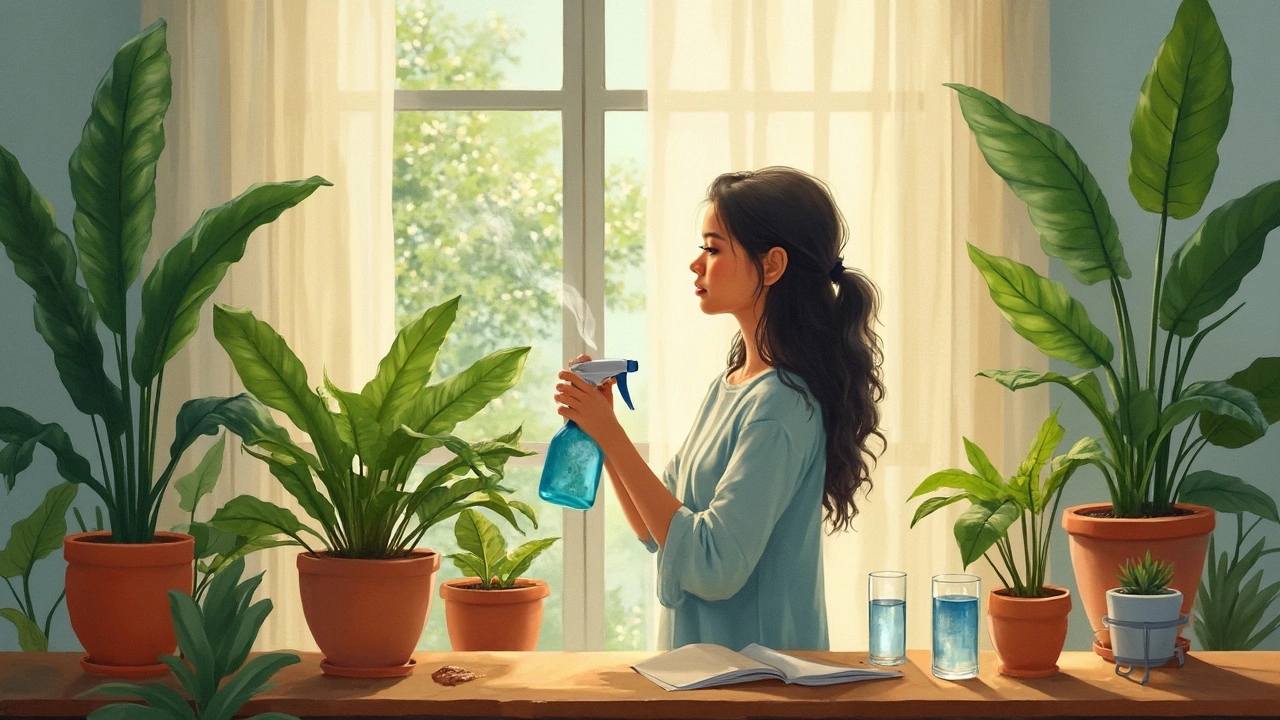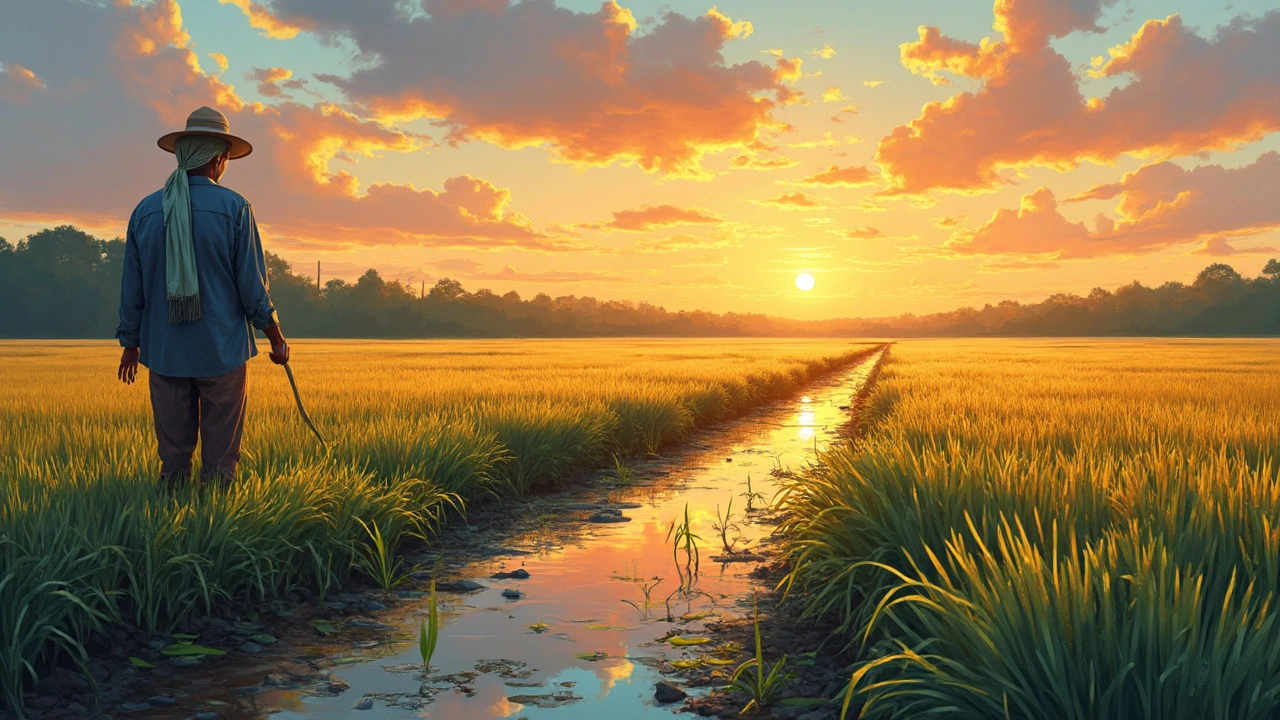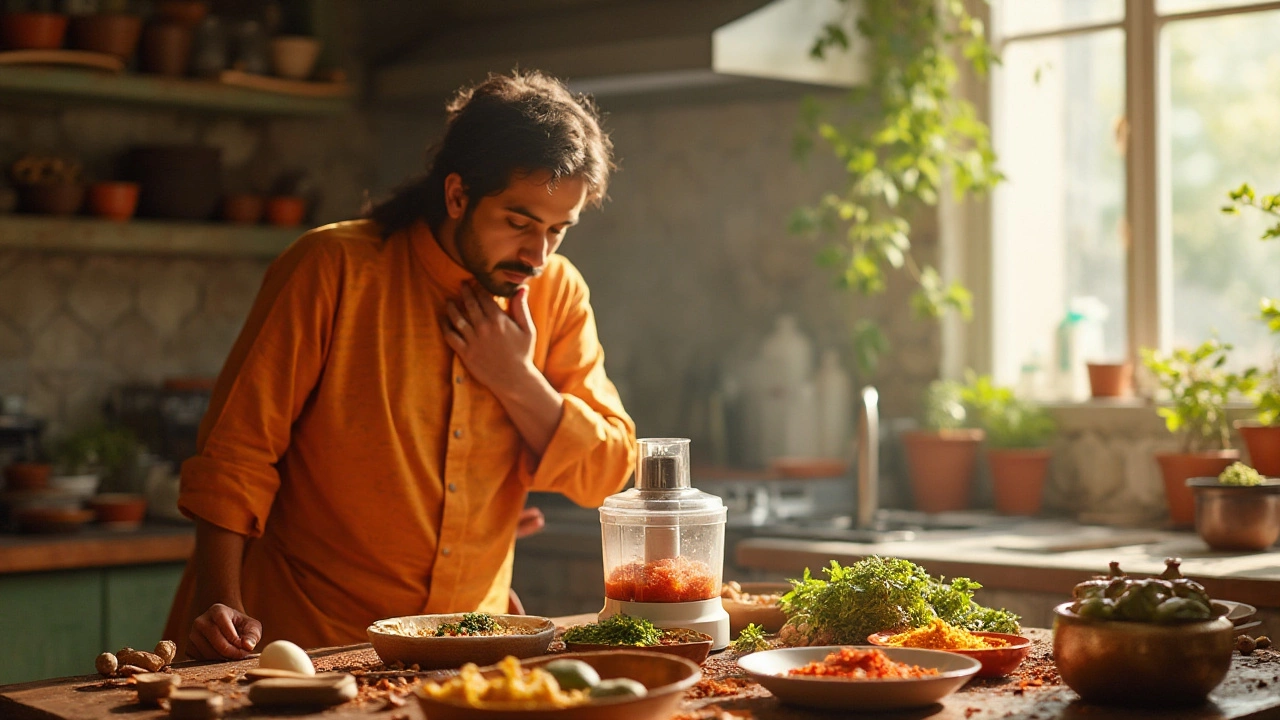Most Difficult Plant to Grow: Challenges, Care Tips & Alternatives
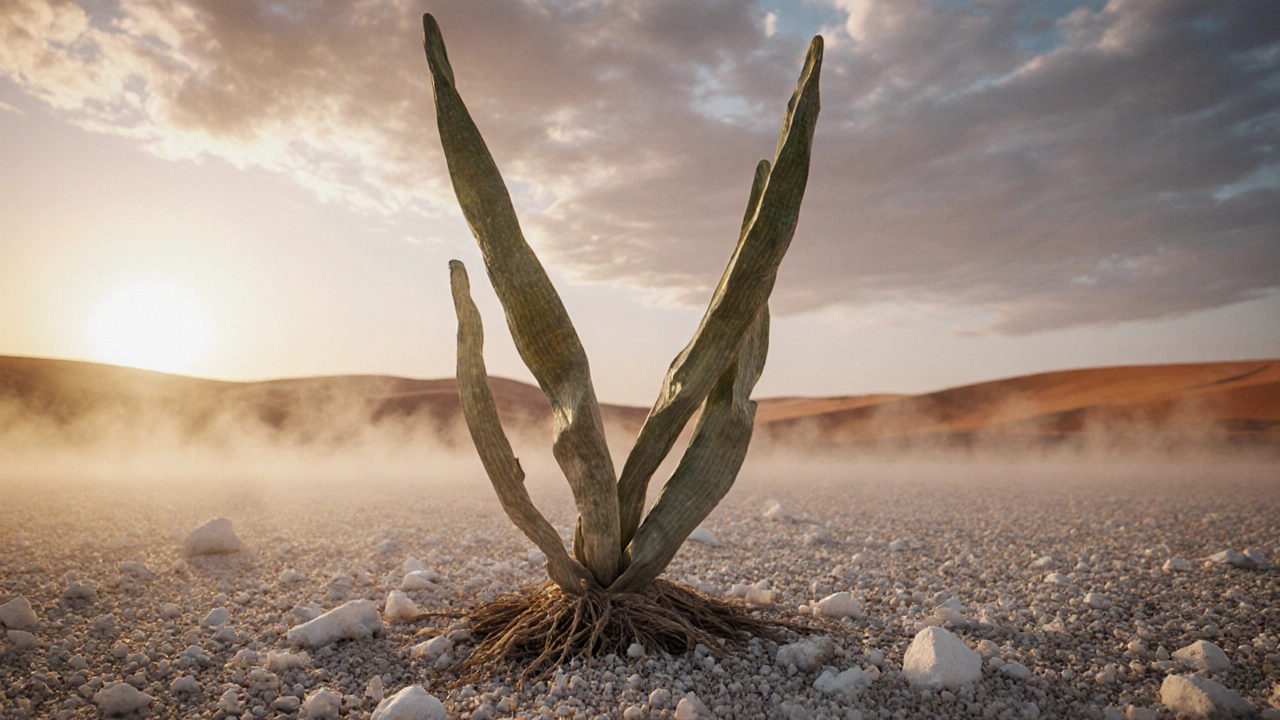
Most Difficult Plant Challenge Checker
Your Setup Assessment
Answer the following questions about your growing environment and experience level:
Plant Profile: Welwitschia mirabilis
Common Name: Desert Ribbon Plant
Scientific Name: Welwitschia mirabilis
Native Habitat: Namib Desert, Africa
Growth Rate: Extremely slow (centuries)
Key Challenge: Requires fog-driven humidity, alkaline sand

Image: Wikimedia Commons
Key Takeaways
- Welwitschia mirabilis is widely regarded as the most difficult plant to grow outside its native Namib Desert.
- Success hinges on replicating extreme low‑nutrient, low‑water, high‑temperature conditions.
- Even seasoned growers often fail; consider starting with slightly easier “tough” plants first.
- Understanding soil texture, temperature swings, and light intensity is essential.
- A step‑by‑step checklist can help you avoid the most common pitfalls.
Ever wondered which plant could make even a veteran gardener throw in the towel? The answer isn’t a fancy orchid or a temperamental cactus-it’s Welwitschia mirabilis, a desert gymnosperm that lives for centuries on a handful of nutrients and an almost‑daily battle against the Sahara’s harshest conditions. In this guide we’ll break down why Welwitschia earns the “most difficult plant to grow” badge, walk you through the exact environment it needs, and give you a realistic plan if you decide to give it a shot. We’ll also compare it to a few other notoriously tough species so you can pick a challenge that matches your patience level.
What Makes Welwitschia Mirabilis So Hard?
Welwitschia isn’t just another succulent; it’s a living fossil. Here are the three biological quirks that turn it into a gardening nightmare:
- Extreme Habitat Requirements - Native to the Namib Desert, it thrives in fog‑driven moisture, alkaline sandy soils, and temperature swings from sub‑zero nights to 45°C days.
- Slow, Unpredictable Growth - New leaf tissue emerges at the base of the two existing leaves. A seedling may take 5‑10years before showing any visible growth.
- Unique Reproductive Cycle - It relies on wind‑borne pollen and a tiny beetle for seed dispersal; germination rates in captivity are below 2%.
If you can’t mimic those exact conditions, the plant quickly succumbs to rot, fungal infection, or simply refuses to sprout.
Biology Snapshot
Below is a quick fact sheet that captures the core attributes of Welwitschia and four other tough plants often mentioned in horticultural circles.
| Common Name | Scientific Name | Native Habitat | Growth Rate | Key Challenge |
|---|---|---|---|---|
| Desert Ribbon Plant | Welwitschia mirabilis | Namib Desert, Africa | Extremely slow (centuries) | Requires fog‑driven humidity, alkaline sand |
| Ghost Orchid | Dendrophylax lindenii | Florida swamps, Cuba | Very slow, epiphytic | High humidity, precise mycorrhizal fungi |
| Blue Himalayan Poppy | Meconopsis betonicifolia | Alpine meadows, Himalayas | Moderate (2‑3years to bloom) | Cool summers, moist, well‑drained soil |
| African Baobab | Adansonia digitata | Savannas, sub‑Saharan Africa | Slow (decades to mature) | Requires massive root space, drought cycles |
| Venus Flytrap | Dionaea muscipula | Southeastern US bogs | Slow (1‑2years for full size) | Needs nutrient‑poor, acidic water; sensitive to fertilizer |
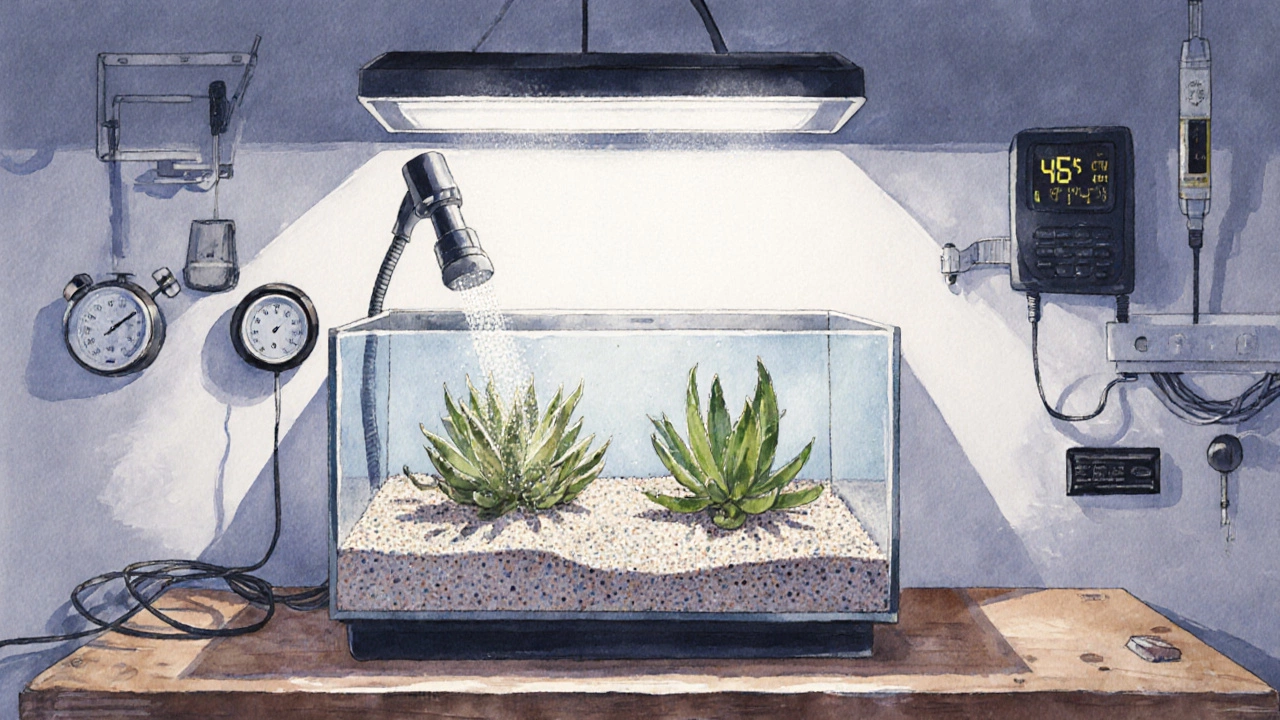
How to Replicate Welwitschia’s Desert Home (If You’re Feeling Brave)
Before you even think about buying a seed, ask yourself: do you have a space where temperature, light, and moisture can be controlled to within a few degrees? If the answer is yes, follow this precise protocol.
1. Soil Mix
Use a blend that mirrors Namib sand:
- 70% coarse quartz sand (particle size 2‑4mm)
- 20% crushed limestone (raises pH to 8.0‑8.5)
- 10% fine gravel for drainage
Do not add organic matter; Welwitschia evolved on nutrient‑poor substrates.
2. Container Choice
A large, shallow terrarium with ventilation holes works best. The container should be at least 30cm deep to accommodate underground taproot development.
3. Light & Temperature
Wire up a full‑spectrum grow lamp that delivers 12hours of intensity equivalent to 1500µmol·m⁻²·s⁻¹. Daytime temperatures must sit between 30‑45°C; night temperatures can drop to 5‑10°C. Use a programmable thermostat to create the diurnal swing.
4. Moisture Management
Here’s the trick: Welwitschia receives moisture from coastal fog, not rain. Install a fine misting system that sprays 0.5mm droplets for 5minutes each morning, mimicking the early‑morning fog drip. Do NOT water from the bottom; excess water leads to root rot within weeks.
5. Germination Process
Seeds have a hard coat that must be scarified. Gently rub each seed with fine sandpaper, then soak in lukewarm distilled water for 24hours. Place the seed on a sterile, moist filter paper inside a sealed petri dish at 25°C. Expect a germination window of 30‑45days, but be prepared for a 98% failure rate.
6. Monitoring & Patience
Use a digital hygrometer and soil‑moisture probe. Chart daily readings for at least a year; any deviation from the target range will likely kill the seedling. Remember, the plant may appear dead for years while its underground meristem slowly works.
If you manage to get past the seed stage, you’ll spend the next decade watching two leaves unfurl, twisting like ancient ribbons. That’s the payoff.
Common Pitfalls (And How to Avoid Them)
Even experienced horticulturists fall into these traps:
- Over‑watering - The most frequent mistake; it drowns the root system and invites fungal growth.
- Wrong Soil pH - Below 8.0 the plant cannot absorb the limited minerals it needs.
- Insufficient Light - Without high‑intensity UV‑B, the plant’s photosynthetic pigments degrade.
- Temperature Plateau - A stable 25°C will halt its growth cycle; extreme daily swings are non‑negotiable.
- Using Standard Fertilizer - Any nitrogen‑rich feed will scorch the leaves and upset the delicate osmotic balance.
Tip: Keep a logbook. Write down every adjustment; the data will become your secret weapon.
Alternative “Very Difficult” Plants for the Ambitious Gardener
If Welwitschia feels like a doomed mission, try one of these slightly more forgiving yet still challenging species.
Ghost Orchid (Dendrophylax lindenii)
Grows on tree bark in humid swamps. Success hinges on replicating a mycorrhizal partnership with specific fungi. Use a bark slab inoculated with the fungus and maintain 80‑90% humidity.
Blue Himalayan Poppy (Meconopsis betonicifolia)
Loves cool summers (12‑18°C) and consistently moist, loamy soil. The main obstacle is preventing fungal rot; use a raised bed with excellent drainage.
African Baobab (Adansonia digitata)
Requires a massive pot, winter‑dry period, and occasional deep soaking. Patience is key - it can take 30years to reach a respectable size.
Venus Flytrap (Dionaea muscipula)
While more popular, it still tricks many novices. The plant demands pure rainwater or distilled water, acidic peat‑based soil, and a winter dormancy of at least three months.
Pick a species that matches your climate, equipment, and willingness to wait. The reward for each is a story worth sharing.
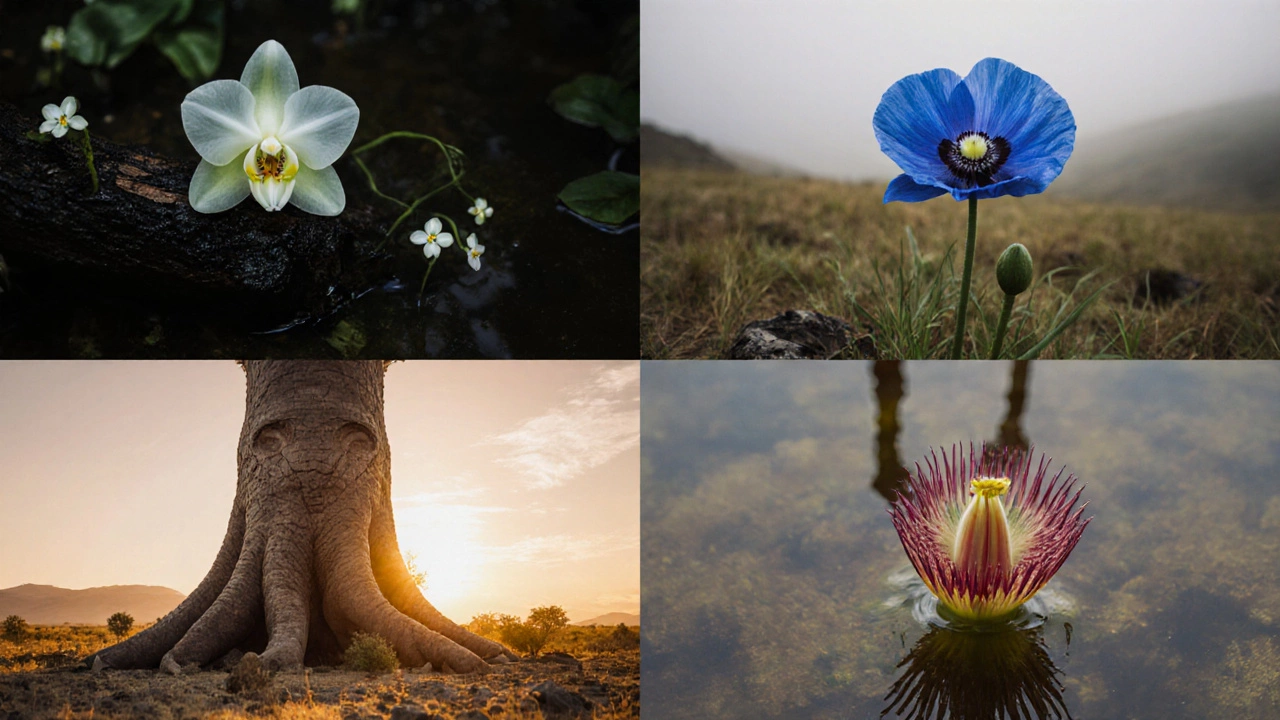
Decision Checklist: Is This Plant Right for You?
- Do you have a dedicated indoor space where you can control temperature swings of at least 35°C (day) to 5°C (night)?
- Can you invest in a misting system that replicates coastal fog?
- Are you prepared for a minimum 5‑year observation period before seeing any growth?
- Do you have a reliable source for scarified, viable Welwitschia seeds?
- Is failure an acceptable outcome, given the most difficult plant to grow reputation?
If you answered “yes” to all, congratulations-you’re ready to attempt one of horticulture’s ultimate challenges.
Mini FAQ
Why is Welwitschia considered harder than an orchid?
Orchids rely on relatively controllable humidity and light, whereas Welwitschia needs a precise fog‑driven moisture regime, alkaline sand, and extreme temperature swings that are difficult to reproduce in a garden or greenhouse.
Can I grow Welwitschia outdoors in the UK?
Only in a specially heated greenhouse that can maintain desert‑like daytime heat and nightly cooling. Outdoor cultivation will fail due to excessive moisture and low temperatures.
What is the best soil recipe for Welwitschia?
Mix 70% coarse quartz sand, 20% crushed limestone to push pH to 8.0‑8.5, and 10% fine gravel for drainage. No compost or peat.
How long does it take for Welwitschia to flower?
In the wild, the plant may not flower until it is 50‑100years old. In cultivation, even when conditions are perfect, flowering is exceptionally rare.
Are there any legal restrictions on importing Welwitschia seeds?
Yes. Welwitschia is listed under CITES Appendix I, meaning commercial trade is prohibited without a special permit. Hobbyists must source seeds from legally authorized conservation programs.
Next Steps & Troubleshooting
Start small. Purchase a single scarified seed, set up the soil mix, and run a 30‑day trial of your misting schedule without the plant. Record humidity, temperature, and pH daily. If any parameter drifts, adjust before you add the seed.
Should the seed fail to germinate, don’t discard the effort-use the data to refine your environment. Often a 0.5°C shift in night temperature makes the difference between death and a thriving seedling.
Finally, join niche forums or local botanical societies focused on desert plants. Community advice can save years of trial and error.
Whether you succeed or not, tackling the most difficult plant to grow guarantees you’ll learn the fundamentals of extreme‑environment horticulture-knowledge you can apply to any ambitious garden project.


